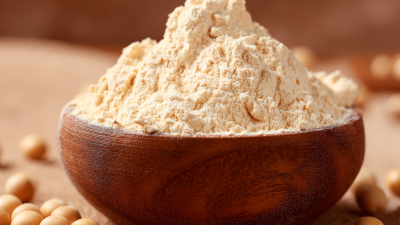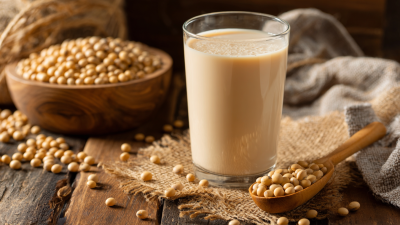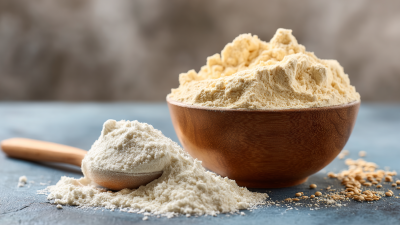In recent years, Soy Protein Powder has gained considerable attention for its potential health benefits and versatility in nutrition. According to a report by the Food and Agriculture Organization (FAO), soy protein is recognized as a high-quality protein source, containing all nine essential amino acids necessary for human health. Moreover, studies indicate that incorporating Soy Protein Powder into daily diets can aid in muscle recovery, weight management, and even reducing cholesterol levels. The American Heart Association also highlights that soy protein can contribute to heart health when used as a replacement for saturated fats. With the increasing shift towards plant-based diets, understanding effective methods to integrate Soy Protein Powder into everyday nutrition is essential for harnessing its optimal health benefits.
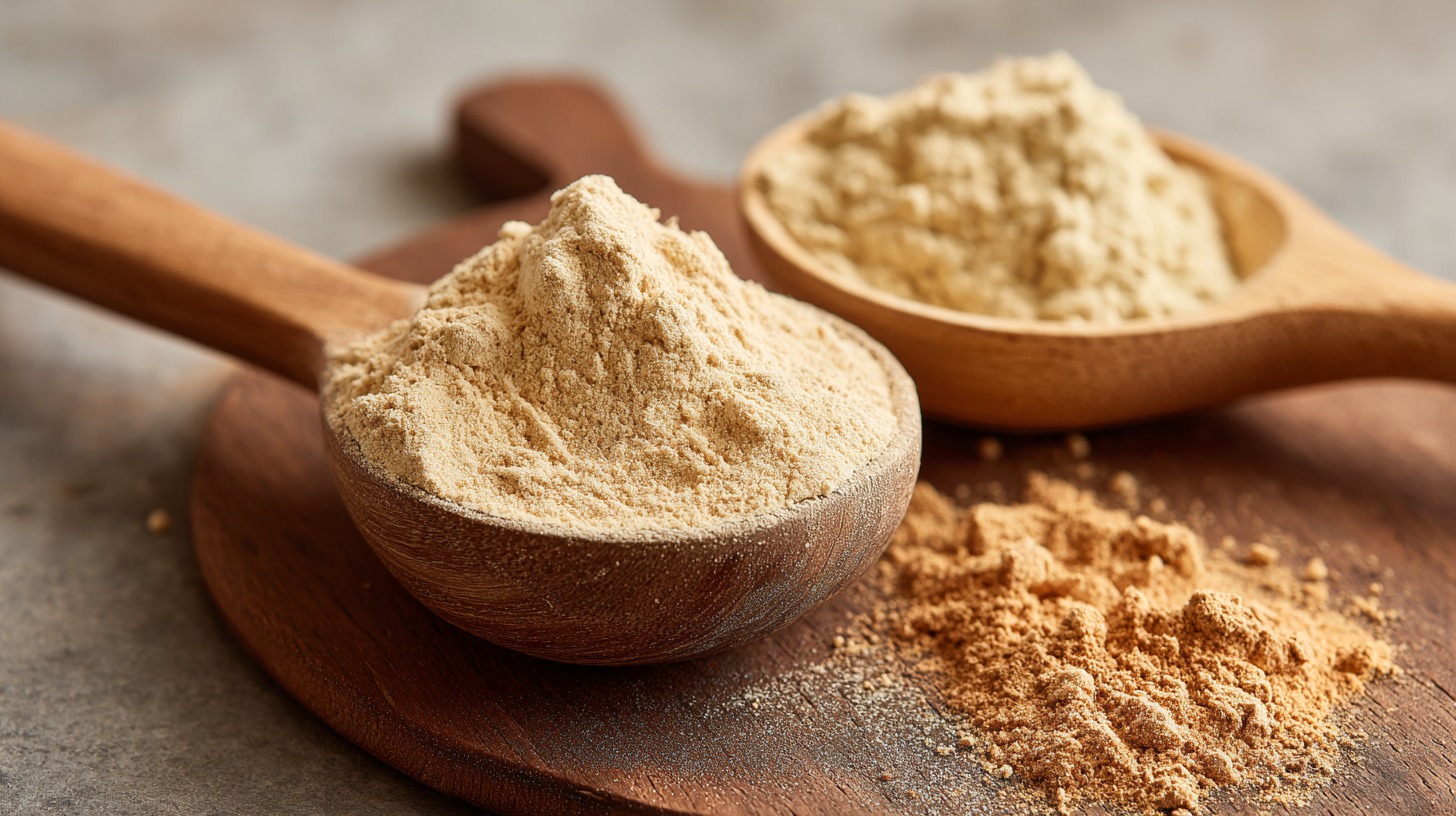
This guide will explore practical strategies to seamlessly incorporate this powerful ingredient into your meals and snacks, thereby enhancing your overall dietary profile.
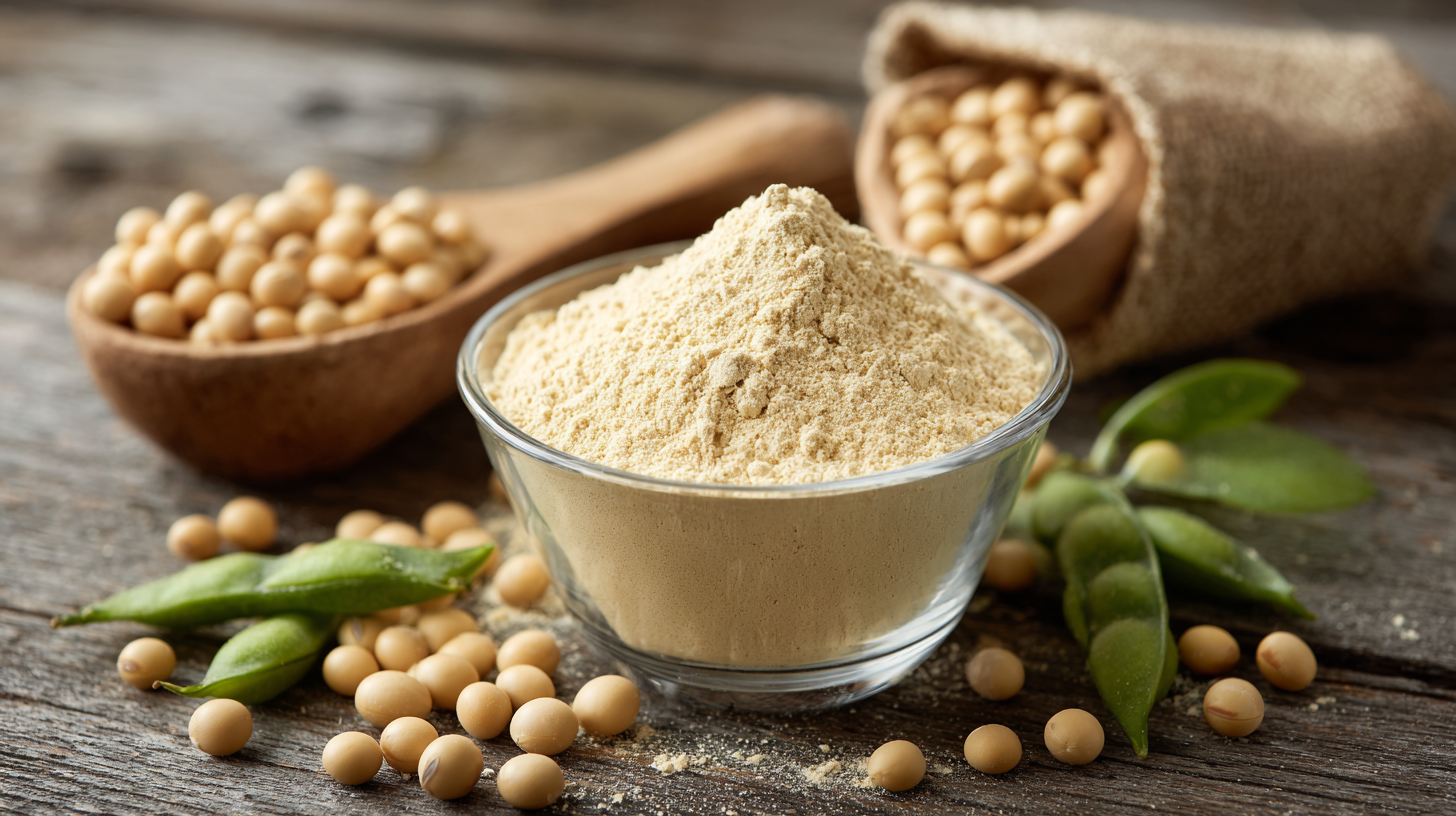 When selecting the right soy protein powder for your nutritional needs, it's essential to consider several key factors. First, check the protein content per serving. A higher protein concentration is beneficial for those looking to increase muscle mass or maintain a healthy weight. Ideally, opt for soy protein powders that contain at least 20 grams of protein per serving. Additionally, consider the presence of essential amino acids, as they are vital for muscle recovery and overall health.
When selecting the right soy protein powder for your nutritional needs, it's essential to consider several key factors. First, check the protein content per serving. A higher protein concentration is beneficial for those looking to increase muscle mass or maintain a healthy weight. Ideally, opt for soy protein powders that contain at least 20 grams of protein per serving. Additionally, consider the presence of essential amino acids, as they are vital for muscle recovery and overall health.
Another important aspect to evaluate is the source of the soy. Organic soy protein powders are often free from pesticides and genetically modified organisms (GMOs), making them a healthier choice. It's also wise to look for products that are
non-GMO certified to ensure that you are consuming high-quality ingredients. Finally, pay attention to additional additives such as
sugars, artificial flavors, or fillers, as they can detract from the overall health benefits. By making informed choices, you can effectively incorporate soy protein powder into your daily nutrition for optimal health benefits.
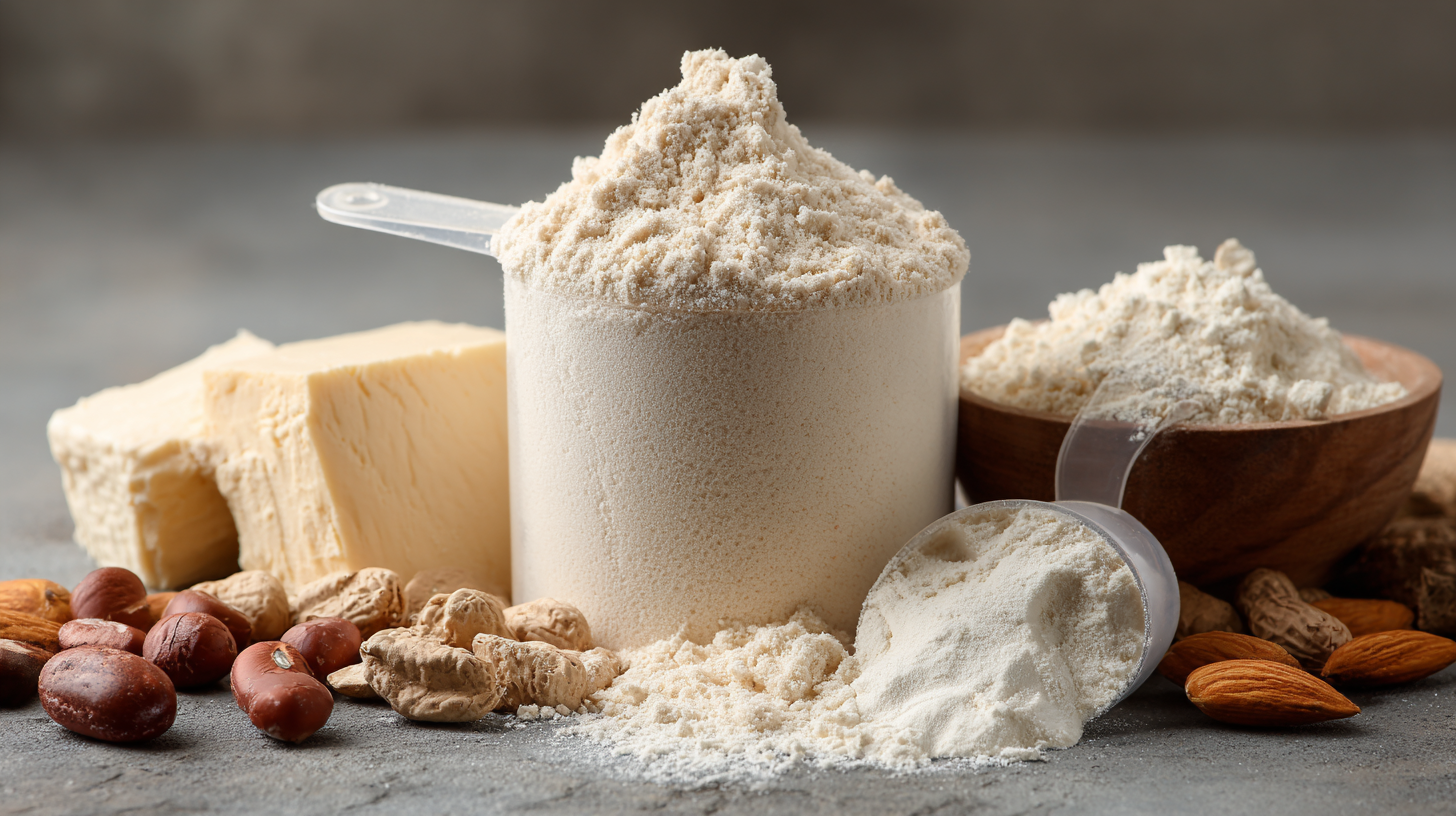 Incorporating soy protein powder into your daily meal planning can enhance your nutrition while providing numerous health benefits. Research from the U.S. Department of Agriculture indicates that soy protein is a complete protein source, supplying all essential amino acids necessary for muscle repair and overall bodily functions. Typically, a standard serving (around 25 grams) of soy protein powder provides approximately 20 grams of protein, making it an excellent option for those looking to increase their protein intake without excessive calories or fat.
Incorporating soy protein powder into your daily meal planning can enhance your nutrition while providing numerous health benefits. Research from the U.S. Department of Agriculture indicates that soy protein is a complete protein source, supplying all essential amino acids necessary for muscle repair and overall bodily functions. Typically, a standard serving (around 25 grams) of soy protein powder provides approximately 20 grams of protein, making it an excellent option for those looking to increase their protein intake without excessive calories or fat.
To seamlessly integrate soy protein powder into your meals, consider adding it to smoothies, oatmeal, or baked goods. For instance, blending soy protein powder into a morning smoothie with fruits and leafy greens not only boosts protein content but also enhances the overall nutrient profile. A study published in the Journal of Nutrition highlights the benefits of soy protein in reducing cholesterol levels, suggesting that incorporating it regularly may help lower the risk of heart disease. Furthermore, using soy protein powder in recipes for pancakes or muffins can transform your favorite breakfast or snack into a nutritious powerhouse, contributing to a balanced diet that supports long-term health.
Incorporating soy protein powder into your diet can significantly enhance your nutritional intake, but proper serving sizes are crucial for maximizing its health benefits. According to a 2021 report from the Soy Nutrition Institute, an optimal daily intake of soy protein for adults is approximately 25 grams, which is associated with a reduction in cholesterol levels and improved heart health. This amount can easily be achieved by adding 1-2 scoops of soy protein powder to smoothies, oatmeal, or baked goods throughout the day.
Tips for using soy protein powder effectively include starting with small amounts and gradually increasing your intake to monitor how your body reacts. Consider mixing soy protein with plant-based milk or yogurt for a nutrient-dense meal or snack. Research published in the Journal of Nutrition suggests that combining soy protein with other protein sources, such as whole grains or legumes, not only enhances the amino acid profile but also improves overall protein digestibility.
To ensure you're meeting your nutritional goals, aim to space out servings across meals. For example, adding 15 grams in your morning smoothie and another 10 grams in a post-workout shake can help distribute protein intake more evenly throughout the day. By paying attention to serving sizes and pairing methods, you can harness the full potential of soy protein powder for your health.
This bar chart illustrates the correlation between the serving size of soy protein powder and the health benefits score associated with each serving. As serving sizes increase, the health benefits score also rises, reflecting the positive impact of incorporating soy protein into daily nutrition.
Incorporating soy protein powder into your daily nutrition can yield significant health benefits, especially when combined with other nutrients for enhanced absorption and effectiveness. Research from the Journal of Nutrition indicates that pairing soy protein with vitamin C—found in fruits like oranges and kiwis—can improve the bioavailability of the essential amino acids it contains. This synergy not only aids in protein absorption but also supports muscle synthesis and recovery, making it particularly beneficial for athletes and active individuals.
Moreover, combining soy protein with healthy fats, such as those found in avocados or nuts, can further enhance nutrient absorption. A study published in the American Journal of Clinical Nutrition found that the inclusion of fats alongside protein sources can stimulate the release of bile acids, improving the digestion and uptake of fat-soluble vitamins like A, D, E, and K. This combination not only boosts the nutritional profile of your meals but also promotes longer-lasting energy levels and overall metabolic health. By strategically pairing soy protein powder with these nutrients, you can maximize its health benefits and support a balanced diet.
Monitoring your progress when incorporating soy protein powder into your diet is crucial for maximizing its health benefits. According to a 2021 report by the International Journal of Nutritional Sciences, individuals who tracked their protein intake were more likely to meet dietary recommendations, leading to improvements in muscle mass and overall metabolic health.
Keeping a food diary or using nutrition-tracking apps can help you stay accountable and understand how soy protein fits into your total daily protein needs.
Adjusting your soy protein intake based on progress and health outcomes can further enhance its effectiveness. Research published in the American Journal of Clinical Nutrition suggests that individuals requiring higher protein for recovery or muscle gain may benefit from increasing their intake to approximately 1.6-2.2 grams of protein per kilogram of body weight. Regularly reassessing your protein sources and caloric needs will allow for tailored adjustments that can support weight management, athletic performance, and overall health.
By staying vigilant about testing your body’s response to soy protein, you can optimize your nutrition based on robust scientific evidence.
